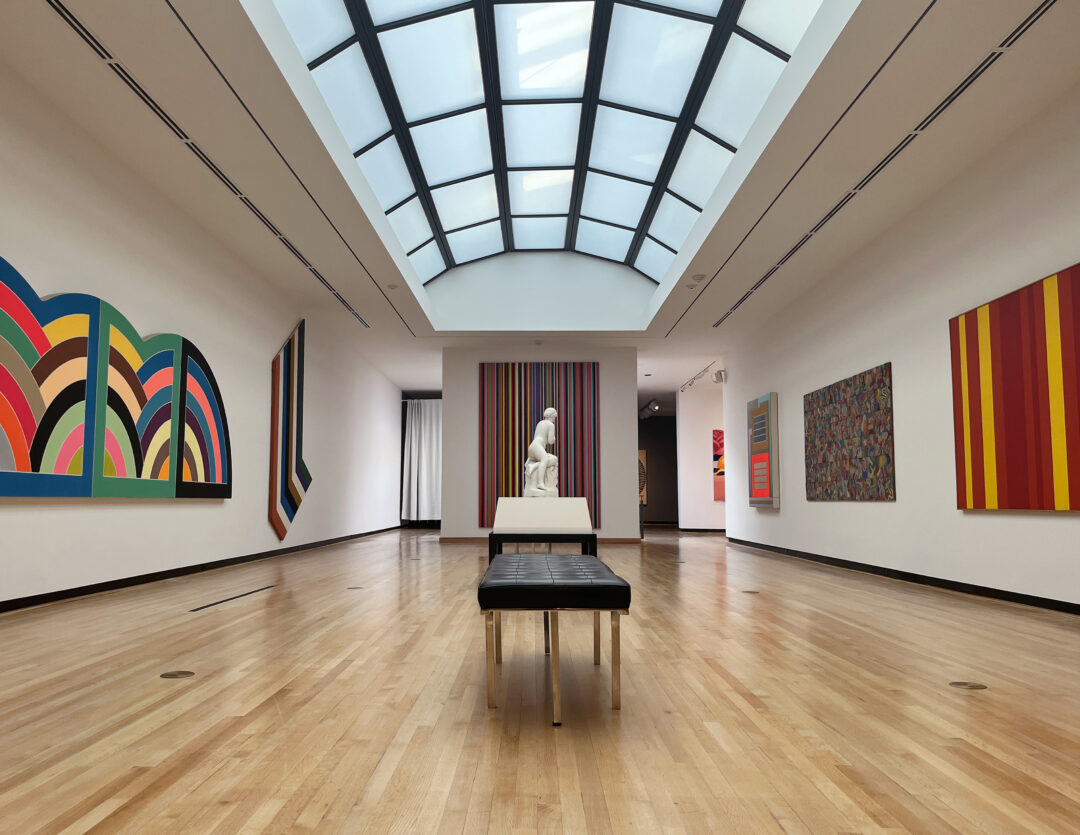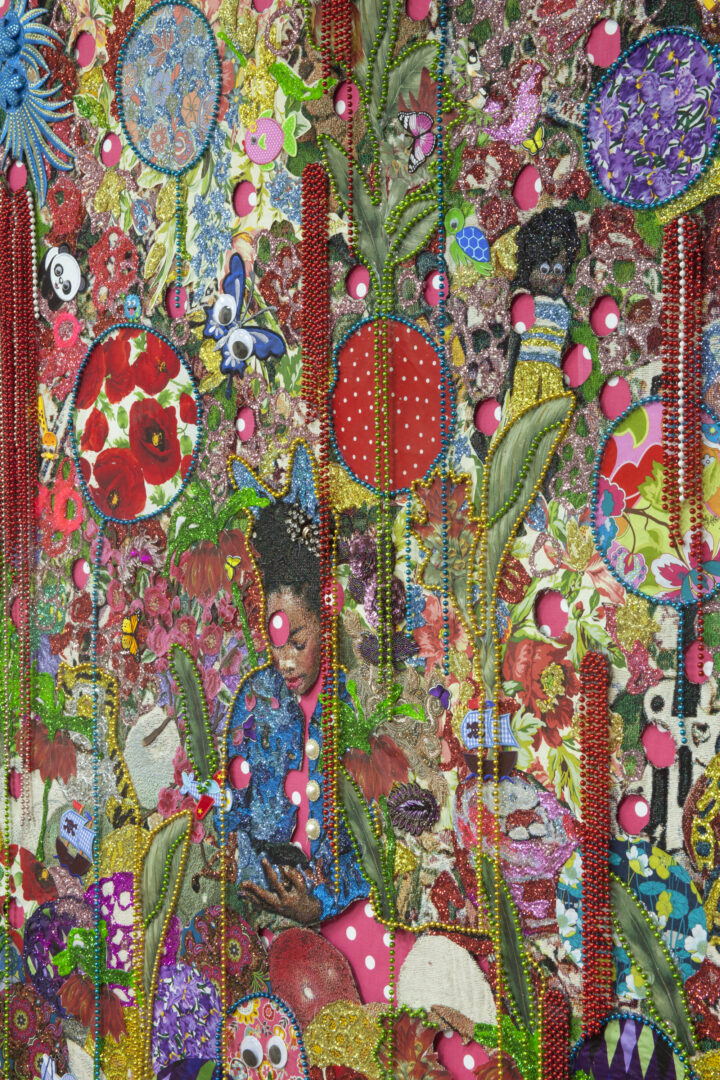- Open today, 10 am to 5 pm.
- Parking & Directions
- Free Admission
Charting New Paths
The Reinstallation of Our McKinnon Modern and Contemporary Galleries

Since our founding in 1933, The Chrysler Museum of Art has existed to enrich and transform lives. Today, the Museum is undergoing a transformation of its own.
Rest assured, we still have free admission, an internationally recognized collection, world-class exhibitions, inspiring visiting artists, and impactful educational experiences. However, with the additions of the state-of-the-art Perry Glass Studio and Goode Works on Paper Center, we’re expanding our capacity to bring art and people together.
With this transformation comes a new visual identity. The unveiling of a new brand celebrates the Museum’s journey from a beloved art museum to a united and expanded campus. A new brand also serves as a time for a fresh look at our programs, exhibitions, and galleries.
As we look toward the future, we must also consider how we present not only art but its representative ideas. This introspective process has led curator, Chelsea Pierce, to reexamine what stories are being told in the Chrysler Museum’s McKinnon Modern and Contemporary Galleries.
Acknowledging that contemporary art can be difficult to access, the reinstallation of these galleries adopts an approach that highlights the layers of meaning behind each artwork. From formal aesthetics (color, form, shape, etc.), to concepts, systems, and historical context, Pierce aimed to signal that there are multiple interpretations behind each work, the discourse evolving over time.
The current groupings encourage visitors to contemplate individual works to those around them. As objects in the gallery change, new connections are drawn that add to our understanding.

Ebony Patterson (Jamaican-born, active in the United States, born 1981), ..she loved animals said she wanted to take care of them when she grew up… (…when they grow up…). 2017. Hand-cut jacquard woven photo tapestry with beads, appliques, broaches, glitter, trim, fabric flowers, unicorn heads, fabric wallpaper, and candy. Museum purchase with funds provided by Rebecca and Mark Dreyfus, Penny and Peter Meredith, Meredith and Brother Rutter, Christina Goode, Susan and David Goode, Oriana McKinnon, Dee and Harry Lester, Suzanne and Vince Mastracco, and Claus Ihlemann and Robert Roman. 2020.1
One of the first things visitors will experience is Ebony Patterson’s installation …she loved animals said she wanted to take care of them when she grew up… (…when they grow up…) (2017). This newer addition to the collection is contextualized with other multi-media assemblages, like Robert Rauschenberg’s Wooden Gallop (1962) and Raymond Saunders’s Places (1991). All three of these works have a particular emphasis on place, Patterson reflecting on where she calls home – Chicago and Jamaica – where gun violence has devastating effects. Meanwhile, Rauschenberg’s playful title and saddle-like protrusion evoke the American West, and Saunders’s collages chart the artist’s travels.
To reinforce the notion that art history is a continuous dialogue, there is a new Double Take pairing Frank Stella’s painting, Manteneia II (1968) with William Henry Rinehart’s marble sculpture of Hero (1874). Both artists found inspiration from the ancient world, but more interesting is how each artist used (or did not use) color. Stella composes with color and Rinehart assimilates a 19th century standard of pure white marble disregarding the fact that ancient Greek sculpture was polychromatic. In a room full of works that celebrate color as form, the single white marble stands out to question the notion of whiteness as an ideal across time.
“Any time we display a work of art we are privileging one voice above another. In this first iteration, I sought works that have not been on view in a while, with particular emphasis on women and artists of color. In order to tell a story, sometimes we must quiet external noise and shush the loud talkers. I hope our visitors enjoy making some new discoveries and stay tuned to see how the conversation evolves.”
– Chelsea Pierce, Ph.D., McKinnon Curator of Modern and Contemporary Art
As we embark on this transformative journey, the Chrysler Museum of Art remains committed to providing experiences that delight, inform, and inspire. With the reinstallation of the McKinnon galleries, along with the addition of new facilities and a fresh visual identity, we invite our visitors to join us as we explore changing narratives and forge new connections.

